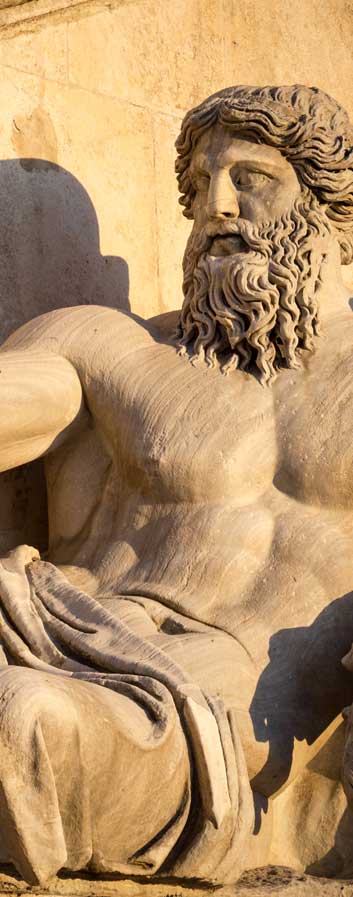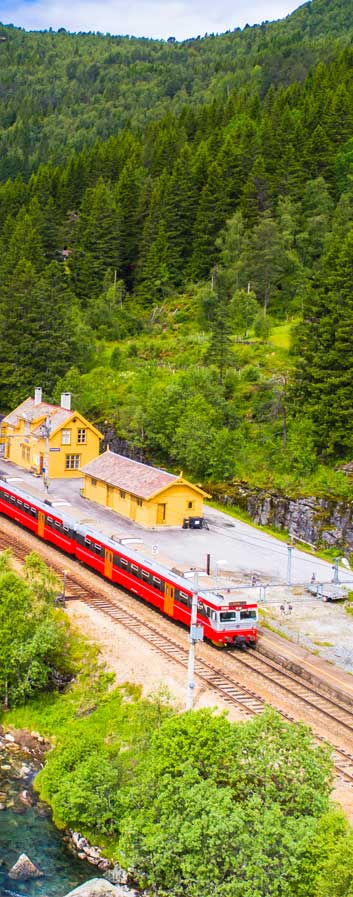Hagley Park
Hagley Park is the largest urban open space in Christchurch, New Zealand, and was created in 1855 by the Provincial Government. According to the government's decree at that time, Hagley Park is "reserved forever as a public park, and shall be open for the recreation and enjoyment of the public." Hagley Park is characterised by its trees and broad open spaces. Hagley Park was named after the country estate of Lord Lyttelton, who became chairman of the Canterbury Association in March 1850.
The boundaries of the park, which is located in the central city of Christchurch, are defined by both the Avon River and the surrounding roadways. The longest road boundary is that along Deans Avenue on the western side adjacent to the suburb of Riccarton. To the north and northeast, the natural path of the Avon River bounds the park. Moorhouse Avenue and Hagley Avenue form the south and south-eastern boundaries, respectively. Along the eastern boundary, the Park is defined by the two kilometre loop of the Avon River, which extends into the side of Hagley Park.
The Christchurch Botanic Gardens are located within this loop and frequent bridges provide connections. The Botanic Gardens contain a collection of beautiful flowers and trees from around the world. The gardens attract many birds to the park, and sightseers frequently visit the park to view the plants and the wildlife.
Hagley Park has frequently been a site for gathering large crowds together: it served as the location for the Great Industrial Exposition of 1882 and the New Zealand International Exhibition in 1906–1907. In recent years, the park has hosted many visiting circuses and open-air concerts. The Ellerslie Flower Show has been held in North Hagley Park since 2008.


































